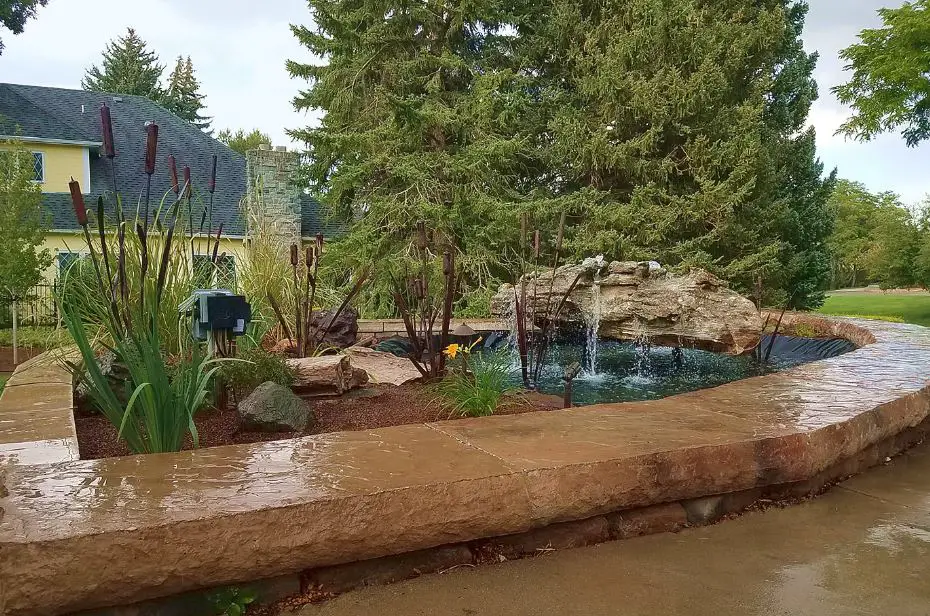States in the north and center of the United States, such as North and South Dakota, Nebraska, Montana, and Wyoming, have harsh winters, a combination of high and low altitudes, and often arid weather. Although there are many similarities, grass care in North Dakota and Nebraska varies somewhat from that in other southern states. Contact your county’s extension office for the most pertinent lawn-care advice for your region.

Northern Plains States Grass Types
The homeowner’s choice is a little bit simpler since these states’ harsh winters exclude the use of certain types of grass. Choose a variety that will flourish here and be suited to your lawn’s specific requirements, taking into account factors like soil type, exposure to sun or shadow, and frequency of droughts. Furthermore, consider how much upkeep you want to provide for your yard.
The following varieties are suitable for the majority of the northern plains:
- Smooth bromegrass
- Tall fescue
- Buffalo grass
- Blue grama
- Wheatgrass
- Kentucky bluegrass
- Perennial ryegrass
- Fine fescues (sheep, creeping, chewings, hard)
Do not expect the traditional Kentucky bluegrass lawn, which is often lush and green. Instead, look for native plants like buffalo grass and blue grama, which sustain animals and need no upkeep.
The latter offers a more conventional lawn but needs much more maintenance. Tall and fine fescues may produce thick turf if you have a lot of shade, but blue grama, buffalo grass, or other grasses need more sunlight.
Mowing
Different mowing levels are necessary for lawn maintenance in Montana and other states. However, there are certain fundamental guidelines that all homeowners should adhere to:
Whatever the kind of grass, cut your lawn to a height of 2.5 to 3 inches (6.5 to 7.5 cm.). Lowering 2 inches (5 cm) might make your lawn vulnerable to weeds, bugs, and dryness.
The amount of irrigation and weather will affect how often you mow. Generally, frequency should also be determined by the rule that no more than a third of the grass’ height should ever be removed at once. In other words, if you maintain your lawn at 3 inches (7.6 cm), mow when it reaches 4 inches (10 cm.).
After mowing, leave the grass cuttings on the lawn. They swiftly break and restore the soil’s nutrients.
Watering
Northern grasses cannot withstand midsummer heat; thus, they will become dormant and turn brown during this time of year. You may let this occur since it is very normal. Once the weather cools down, the grass will become green once again.
Measure the amount of rain that falls and apply more water so that the lawn receives 1 to 1.5 inches (2.5 to 4 cm) of moisture each week if you want it to stay green throughout the summer. Always water thoroughly and sparingly rather than lightly and often. The latter encourages shallow, frail root systems.
Fertilizing
Like other areas, Wyoming and other northern states benefit from the same lawn fertilizer. Yet the time is different. In the spring, use a fertilizer with more nitrogen. For fertilization in the fall, increase potassium.
The first fertilizing should be applied in the spring, but not until you have cut the grass a few times. Your lawn may focus its efforts on root growth by waiting. Early fertilization promotes greater top growth, but your grass requires strong roots.
Fertilize again in early September when temperatures have cooled a little since northern grasses are dormant throughout the summer. Early in October, before the ground freezes, add another round and a bit of potassium.
Thatch Control
Thatch is a covering of live and dead grass, roots, and other plant debris that may be useful and harmful when it builds up too much. Limit the thickness to three-quarters of an inch (2 cm.).
In South Dakota and other northern states, lawn aerating is a practical technique to control thatch. Power raking is another option, but it may harm the grass if done improperly. Aeration maintains turf and reduces soil compaction, which is crucial for strong grass.
Taking care of grass in places with chilly winters and hot, often dry summers might be challenging. That is nonetheless feasible. Choose the grass for your area and requirements, and adhere to these care tips.

